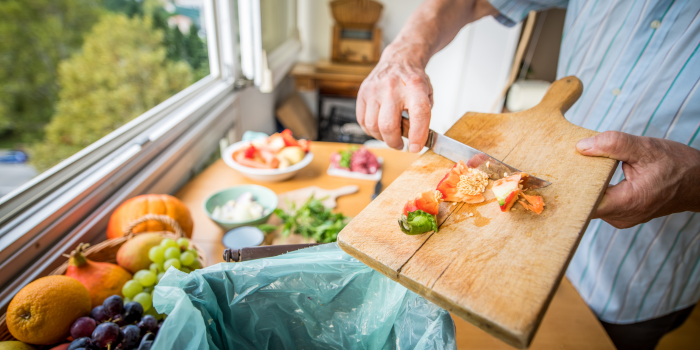Composting is one of the easiest ways to reduce waste and take care of the environment. By composting at home, you not only create a healthy and nutritious soil amendment for your garden but also help the Earth by reducing the amount of organic waste going into landfills. Whether you are a seasoned gardener or a beginner, this ultimate guide to composting at home will help you get started on this fulfilling journey.
- Choose the Right System – The first step in composting at home is to choose the right system for you. There are three main methods of composting: outdoor composting, indoor composting, and vermicomposting. Outdoor composting involves creating a pile or bin in your backyard while indoor composting involves using a container indoors. Vermicomposting, on the other hand, involves using worms to break down waste. Choose the system that works best for your space and lifestyle.
- Gather Your Materials – Once you have decided on your system, it’s time to gather your materials. You’ll need a balance of “browns” and “greens” for your compost pile. Greens are nitrogen-rich materials like fruit and vegetable scraps, coffee grounds, and grass clippings. Browns are carbon-rich materials like dried leaves, hay, and wood chips. You’ll also need a tool for mixing and turning your compost pile, such as a pitchfork or a compost aerator.
- Build and Maintain Your Compost Pile – Building your compost pile involves layering your browns and greens. Start with a layer of browns on the bottom, followed by a layer of greens, and repeat. Be sure to turn your compost pile regularly to aerate it and speed up the composting process. Maintaining your compost pile also means managing the moisture level – you don’t want it too wet or too dry.
- Troubleshooting – If your compost pile isn’t working as it should, don’t fret. There are common issues that come up in the composting process, such as it being too wet or too dry, or it smelling bad. If your pile is too wet, add more browns. If it’s too dry, add more greens or water. If it smells bad, turn it more frequently and add more browns.
- Using Your Compost – Once your compost is ready, it’s time to use it! Compost can be used as a natural fertilizer for your garden or as a soil amendment for your plants. Spread a few inches of compost on top of your soil and mix it in. Your plants will reap the benefits of the rich nutrients found in the compost.
Composting at home is an easy and fulfilling way to take care of the environment and improve the health of your garden. By following this ultimate guide to composting at home, you’ll be well on your way to reducing waste, creating nutrient-rich soil, and supporting green living. Happy composting!

Iryna wants to make this world a better, greener place with less waste. Her mission is to protect the planet from plastic pollution by bringing awareness to this global crisis through her website. Send her an email to learn more about her mission and how we can help!



